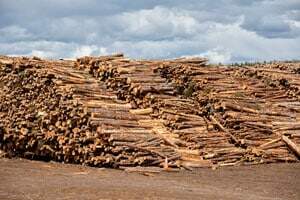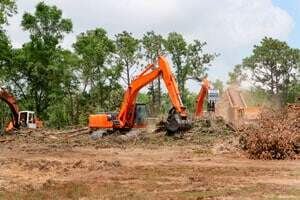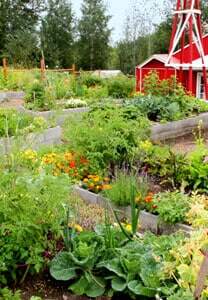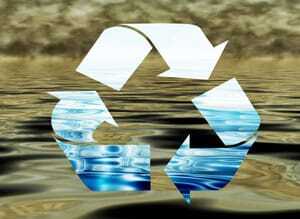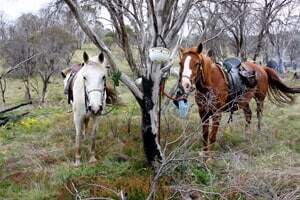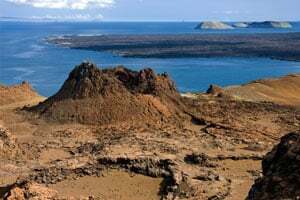 Today, Envirosafe Solutions focuses on the amazing Galapagos Islands and hopes you will enjoy a brief spotlight on this amazing island grouping and all that it has to offer the world.
Today, Envirosafe Solutions focuses on the amazing Galapagos Islands and hopes you will enjoy a brief spotlight on this amazing island grouping and all that it has to offer the world.
The Galapagos Islands are a famed island group. They lie around the equator in the Pacific Ocean approximately 1000km from continental Ecuador and South America. They were the focus of Charles Darwin’s studies and Beagle Voyage and are famous for their rich and vast number of endemic species.
Distinct Island Grouping
The Galapagos group straddles the equator and its islands cover both the north and south hemisphere of the earth. There are 15 central islands as well as 3 smaller, along with approximately another 100 rocks and islets. The islands are actually located on the Nazca tectonic plate, resulting in considerable volcanic activity and hotspot activity. (Hotspot activity occurs “when the Earth’s crust is being melted from below by a mantle plume to create volcanoes.”)[1] It is noted for its incredible species diversity and its significant contribution to the understanding of species requirements, evolution and species origin, all of which have increasing significance in the current global environmental climate.
Charles Darwin Research Station
The importance of the research station cannot be underestimated. It is a biological research station populated constantly by international and Ecuadorian scientists who focus on scientific research and conservation.[2] Its team is over 100 strong and its main objectives are
- “To provide knowledge and assistance through scientific research
- Develop action to ensure the conservation of the environment
- Develop action to ensure the biodiversity in the Galapagos Archipelago
- To develop into one of the world’s leading research institutions dedicated to the conservation of the Galapagos Islands.”[3]
Current Research Projects
The Centre also focuses on a number of flagship research projects which are of vital significance to the planet. The three main flagship areas include:
- Climate Change – which monitors climate change as it relates to the Galapagos and the wider planet
- Human Footprints – analyses human impacts and policies and human behaviours upon the natural world
- Project Floreana – focuses on the restoration of the Floreana Islands with the aim to develop a balance between ecosystems and the human inhabitants on the island.[4]
Envirosafe Solutions understands the unique historical and environmental role the Galapagos Islands plays in the current state of green concerns for the planet. This island group offers the world a unique opportunity to study the effects for human impact, global climate change and ecosystem delicacy and subtlety. Envirosafe Solutions also cares about the environment and produces safe environmentally friendly substances with a reduced impact and footprint. Please consider using environmentally safe and sound products in your business and home. For more information contact the sales staff at Envirosafe Solutions on 1300 809070
[1] http://en.wikipedia.org/wiki/Galapagos_Islands
[2] http://www.galapagosonline.com/Galapagos_Natural_History/Darwin_Foundatin/Darwin_Station.html
[3] http://www.darwinfoundation.org/english/pages/interna.php?txtCodilnfo=3
[4] http://www.darwinfoundation.org/english/pages/interna.php?txtCodilnfo=21









